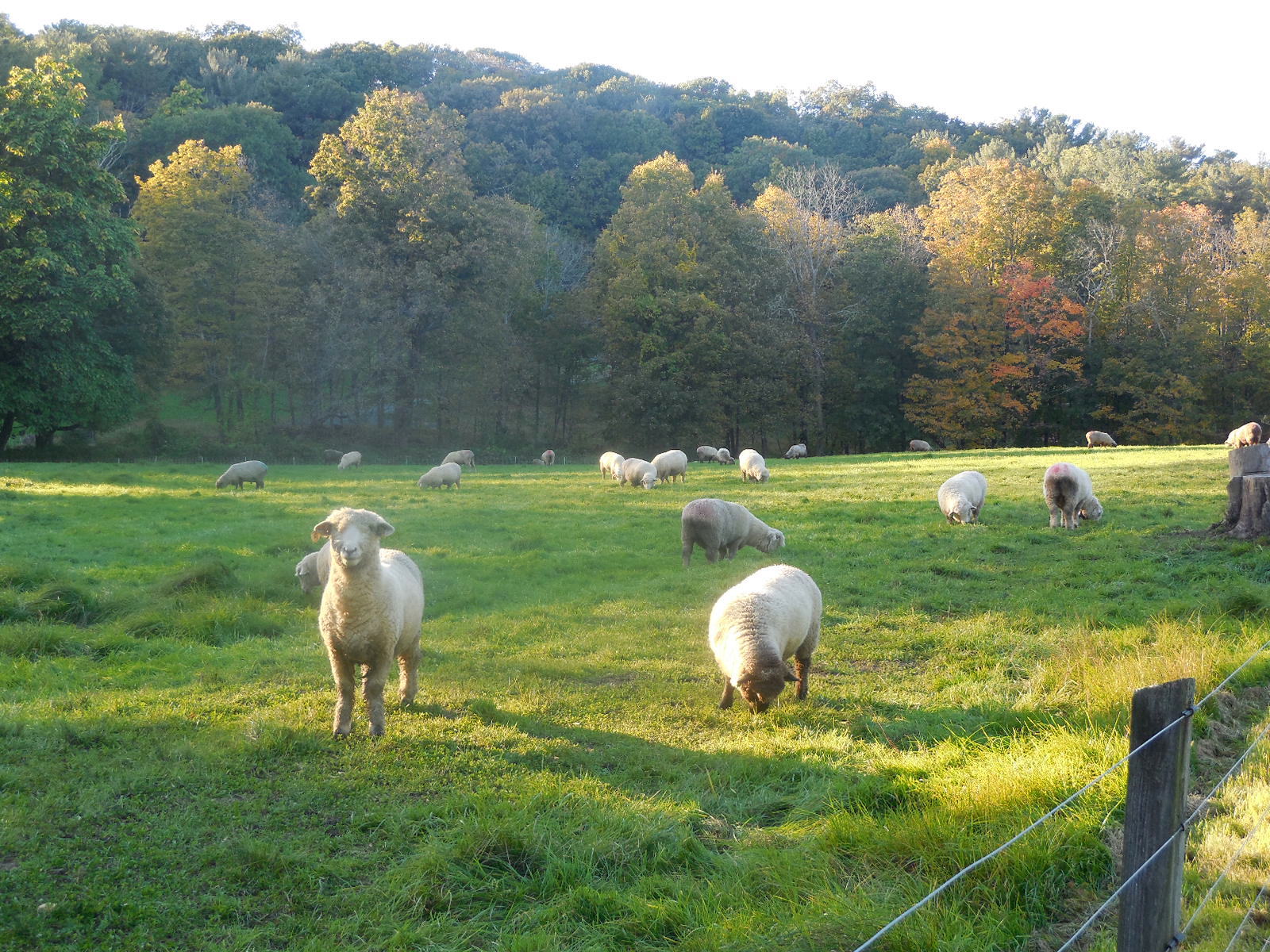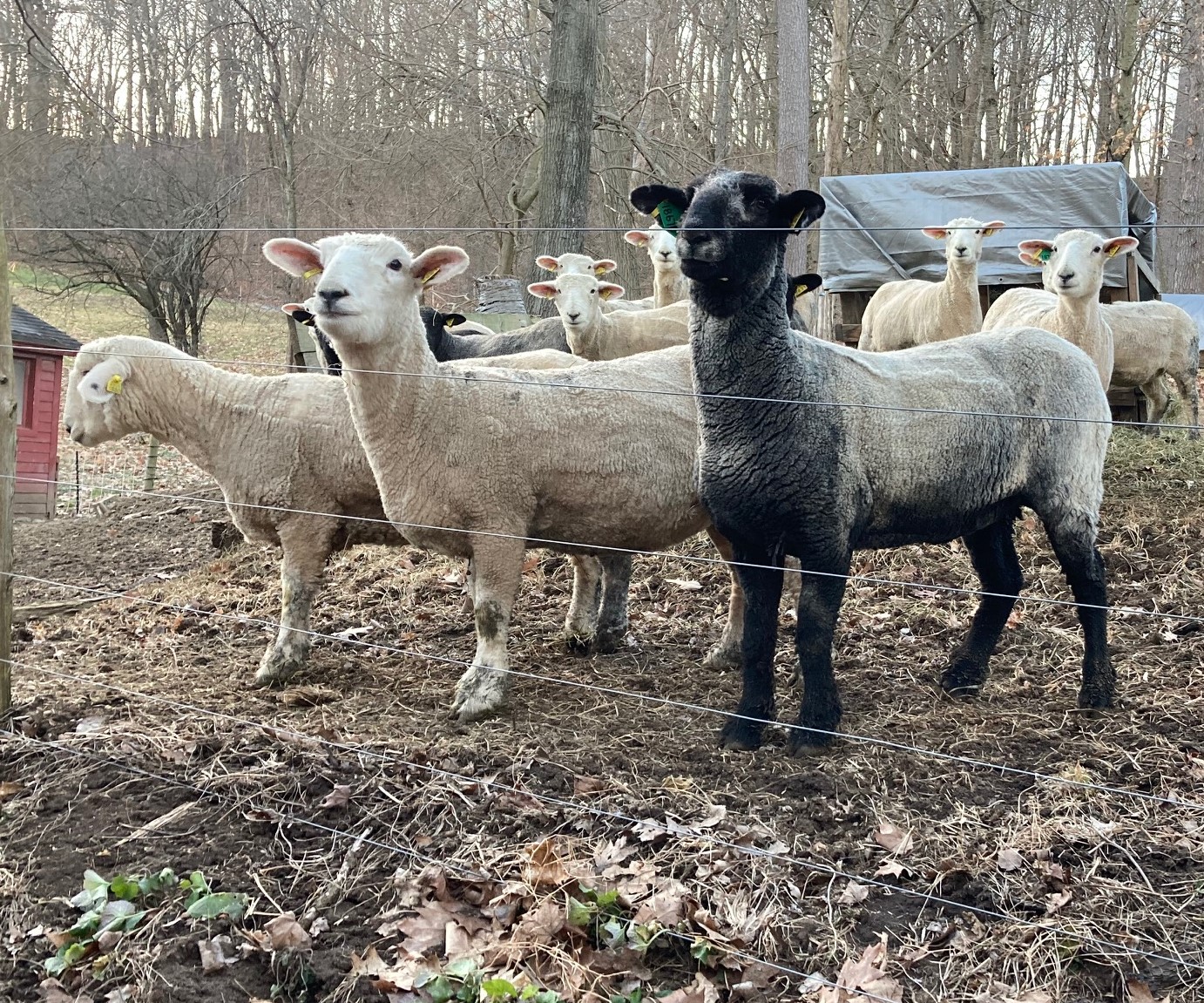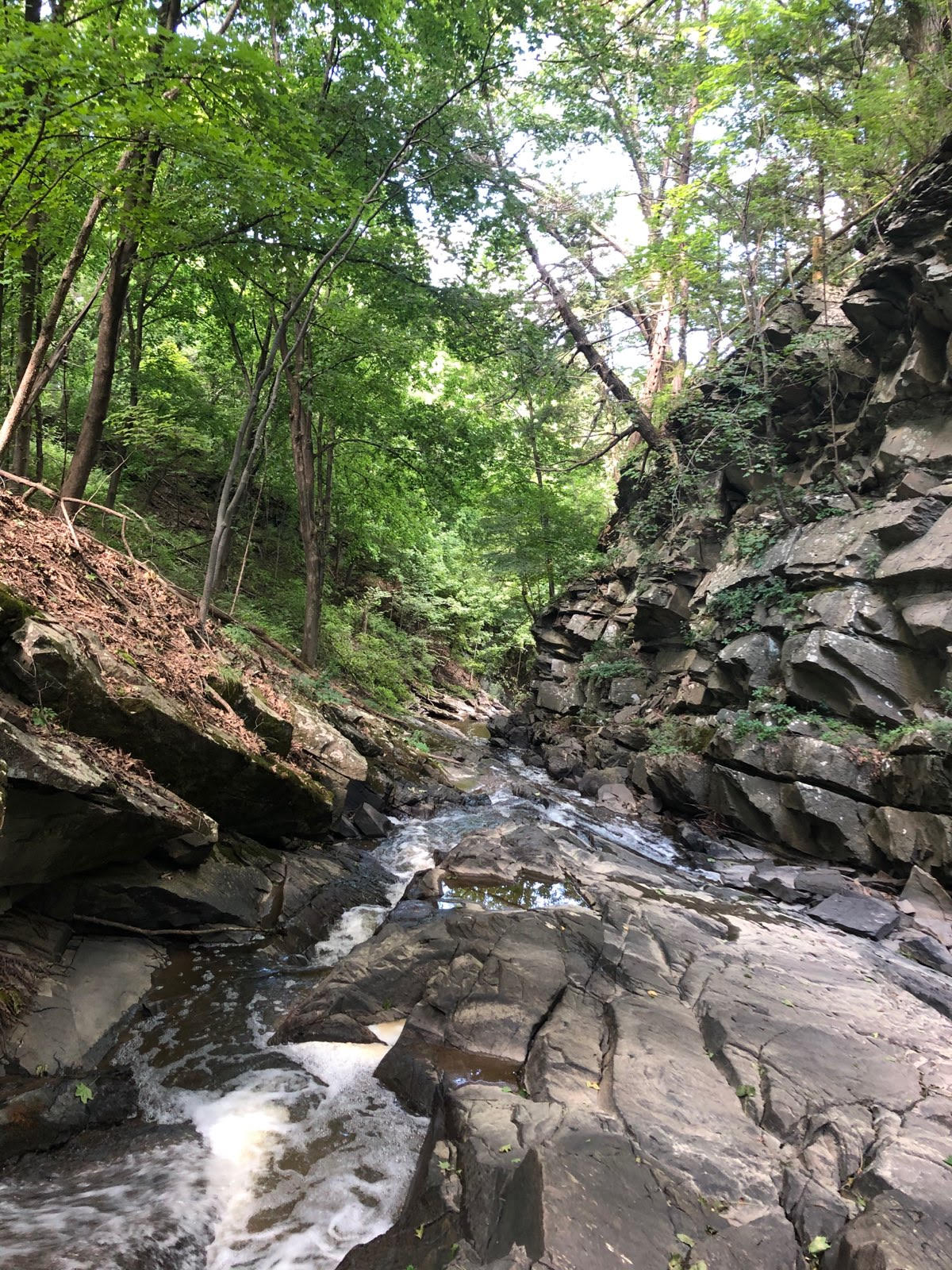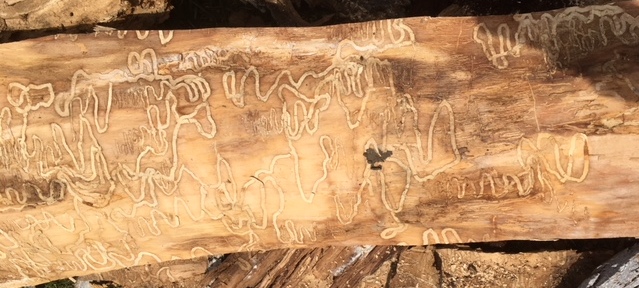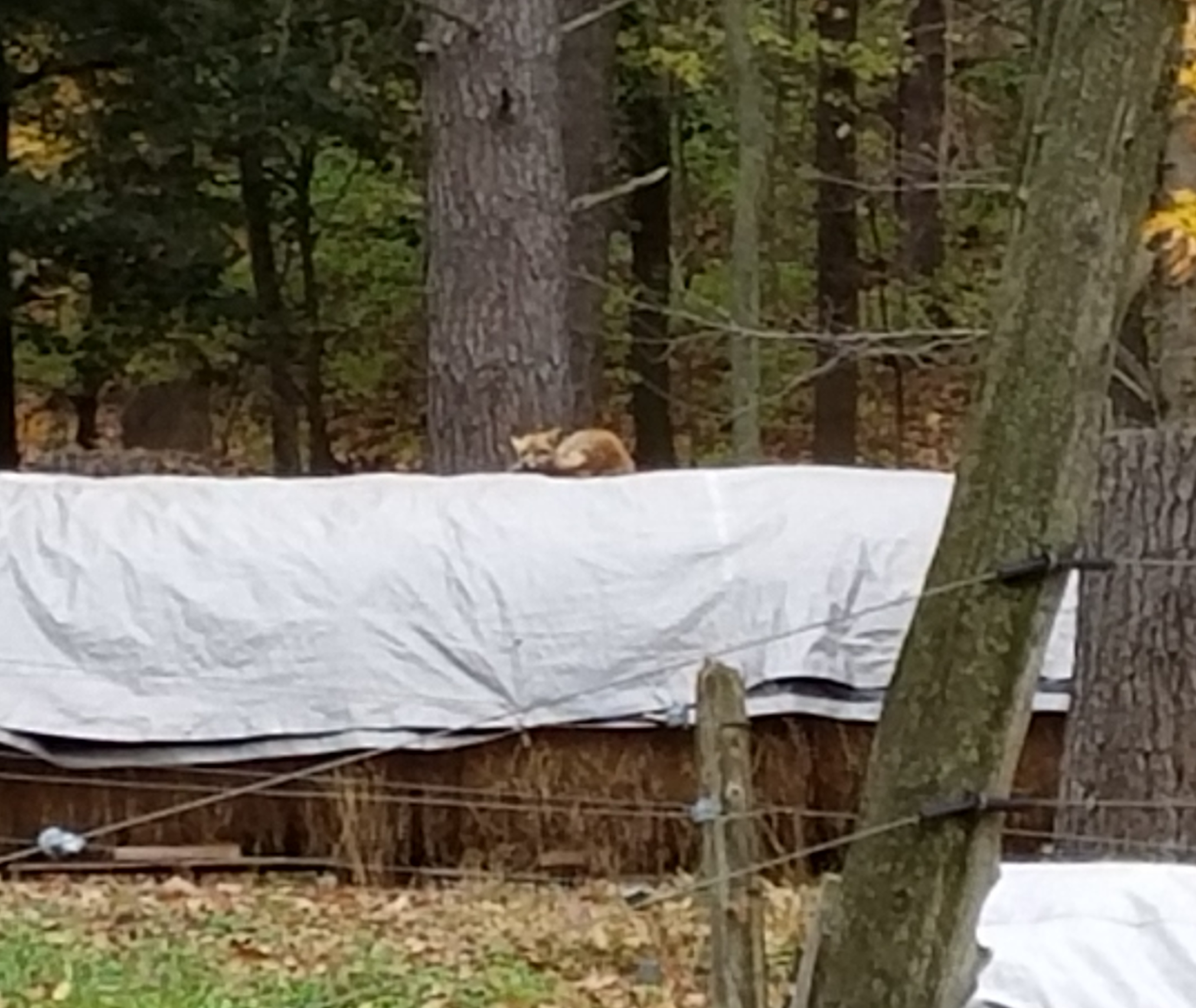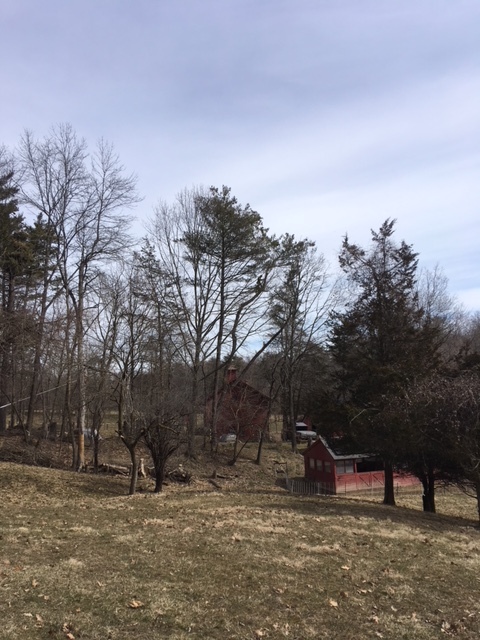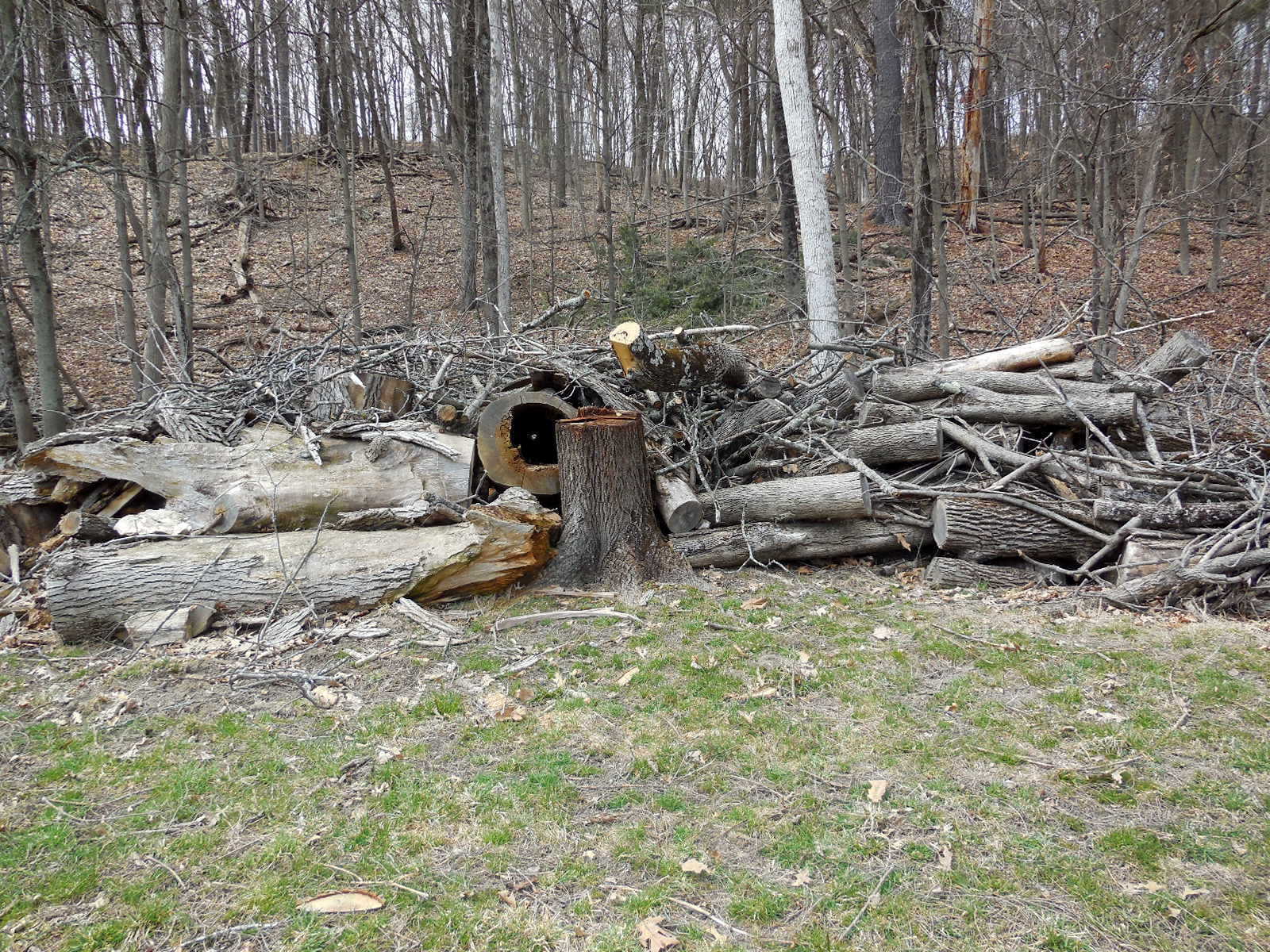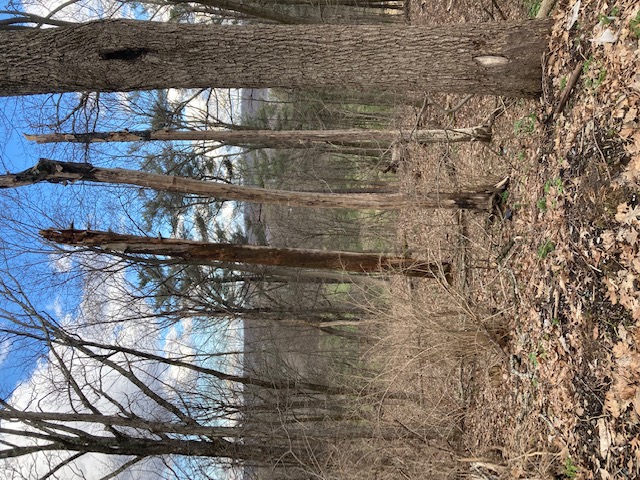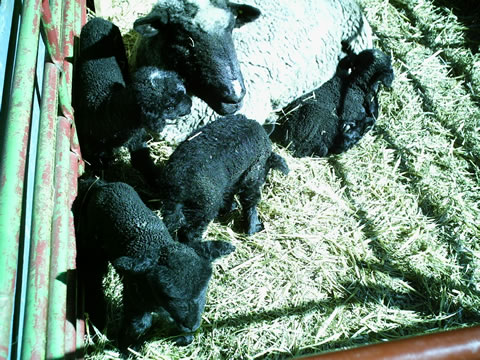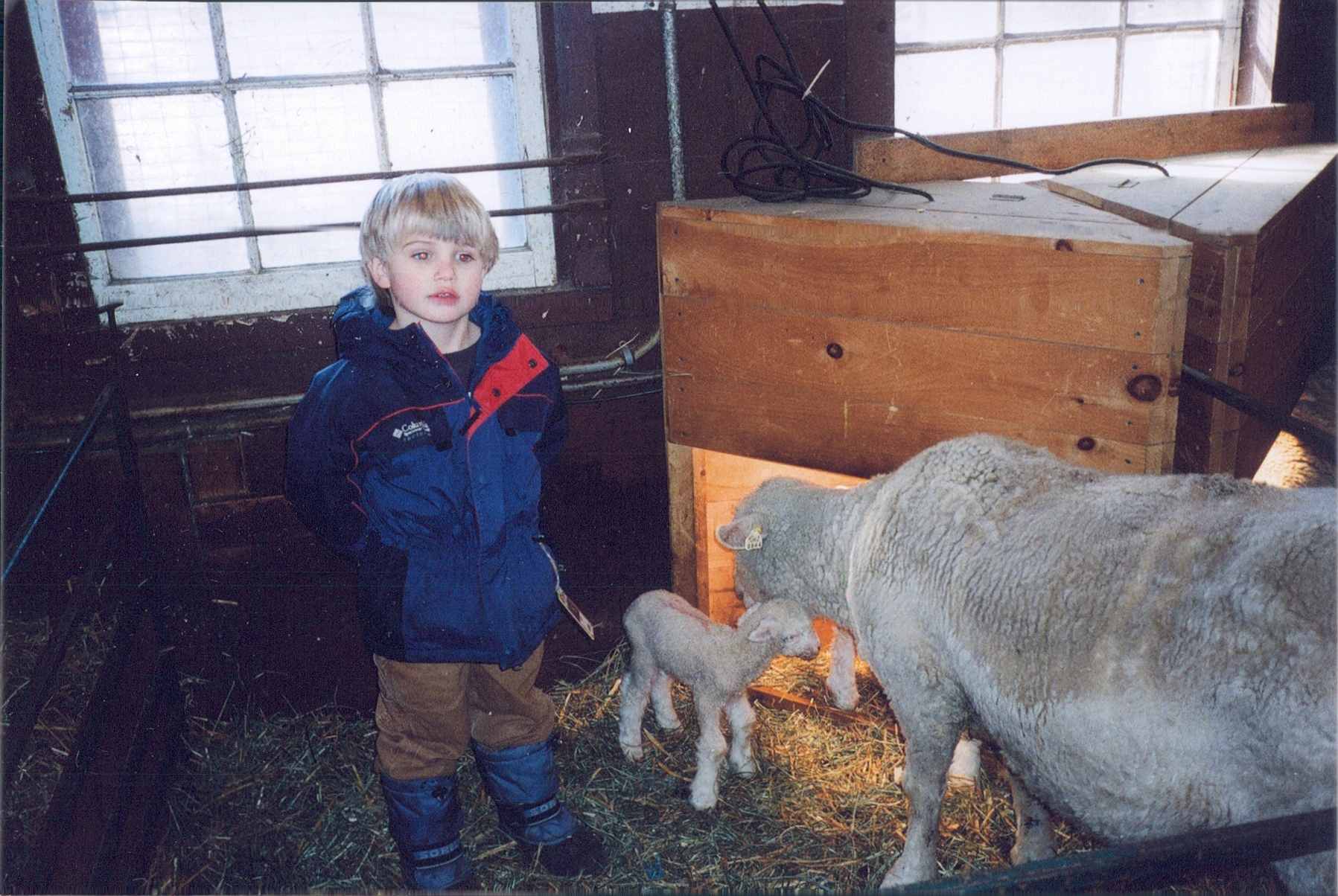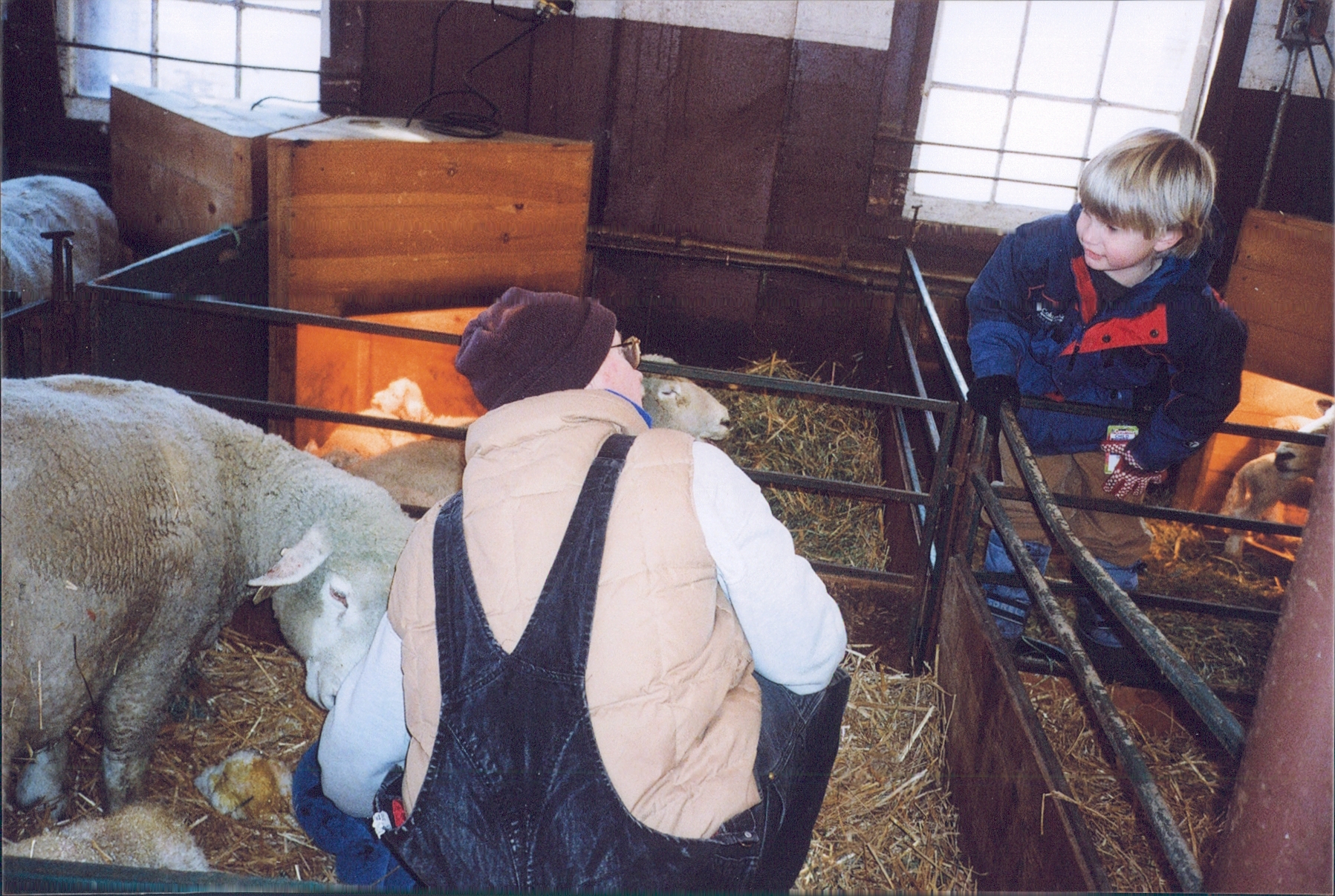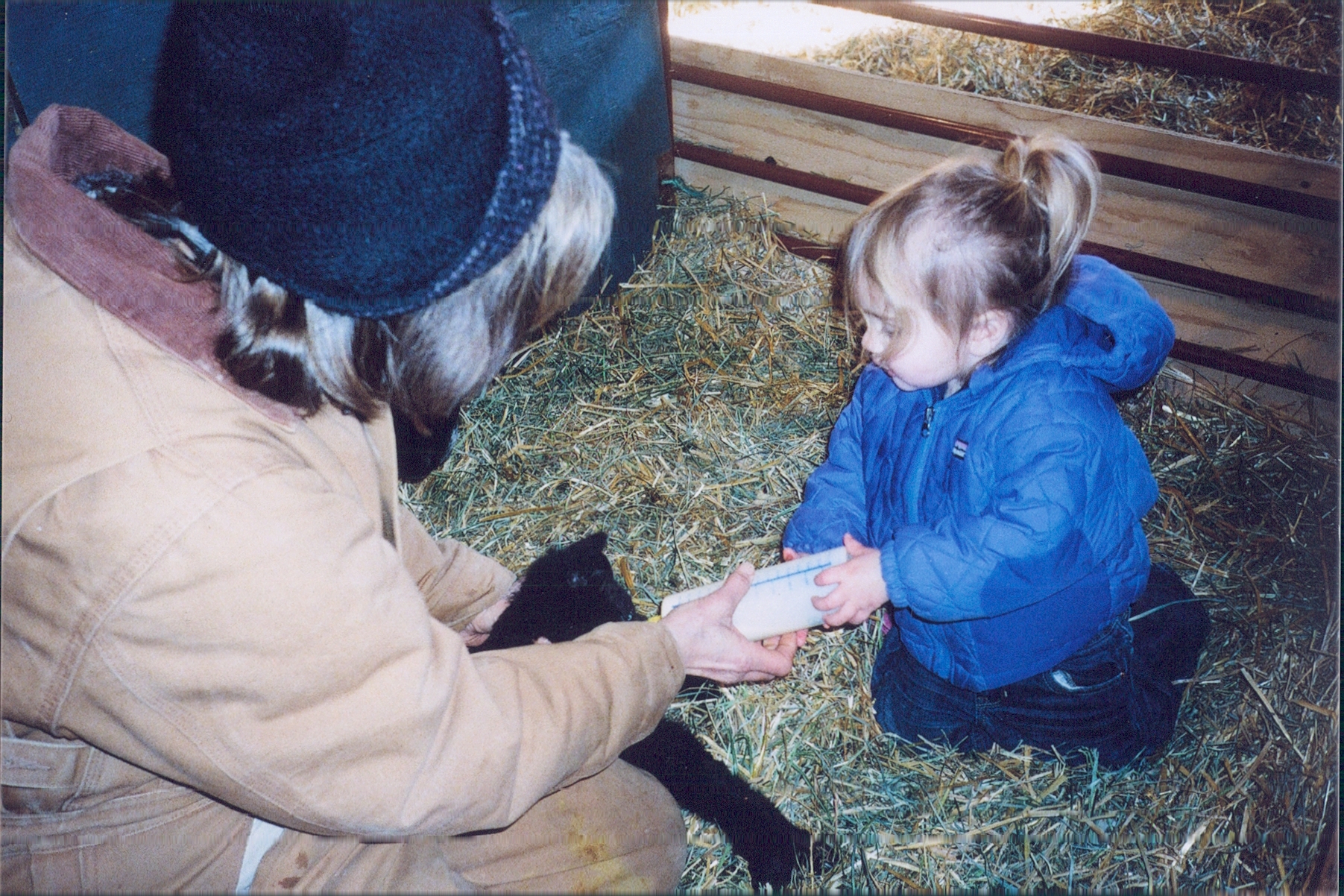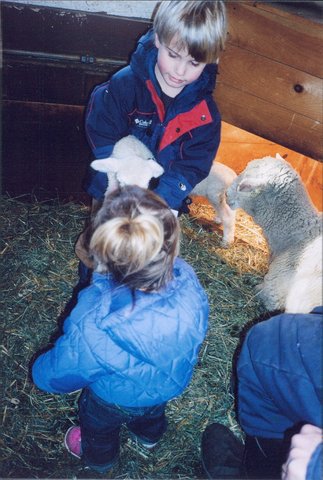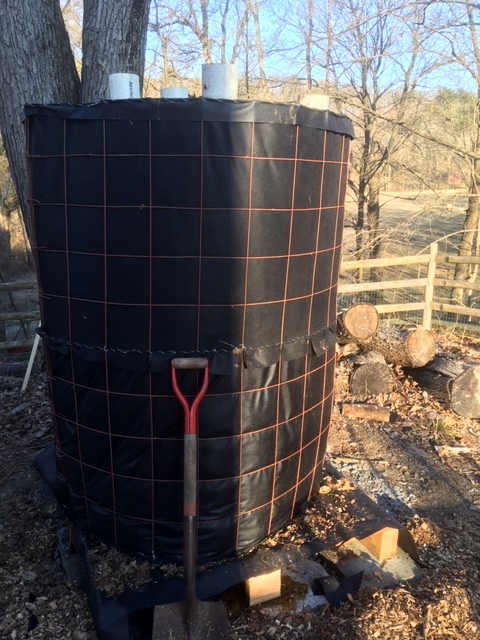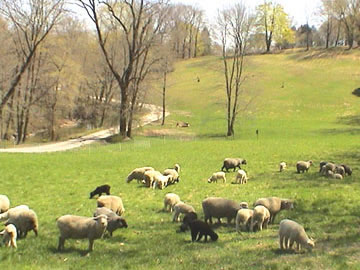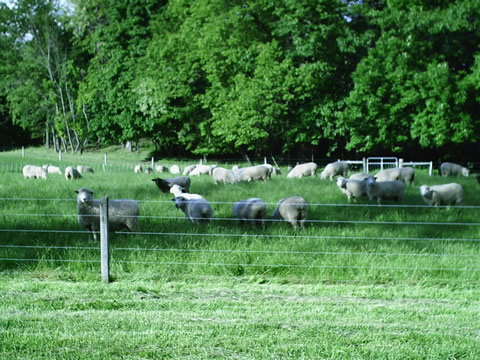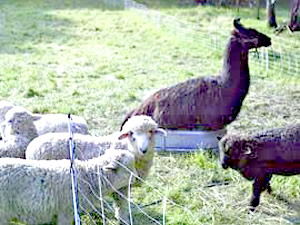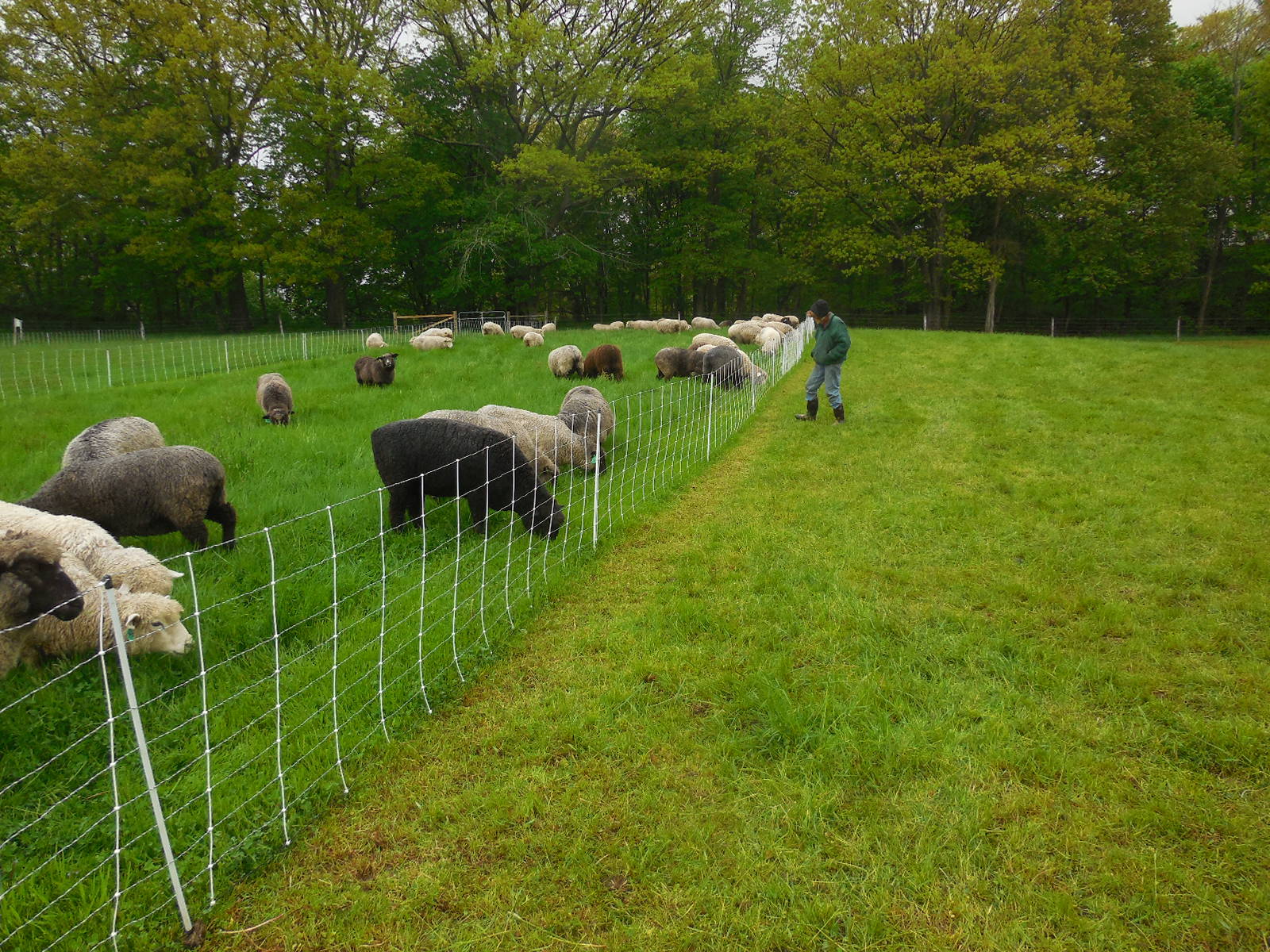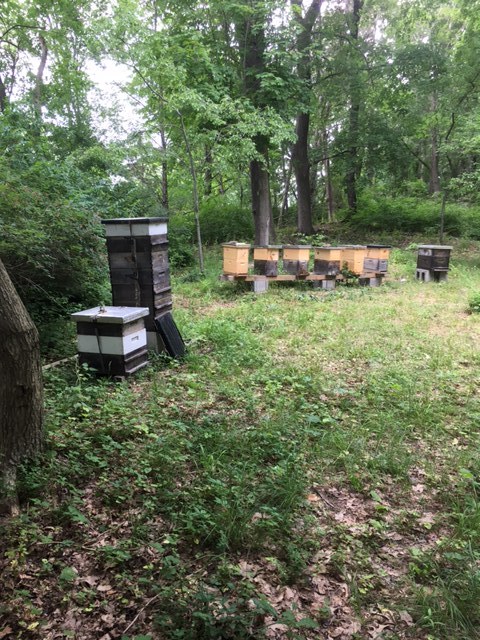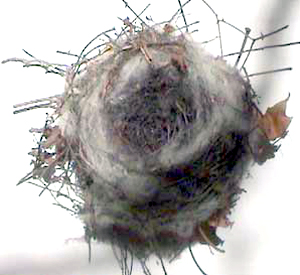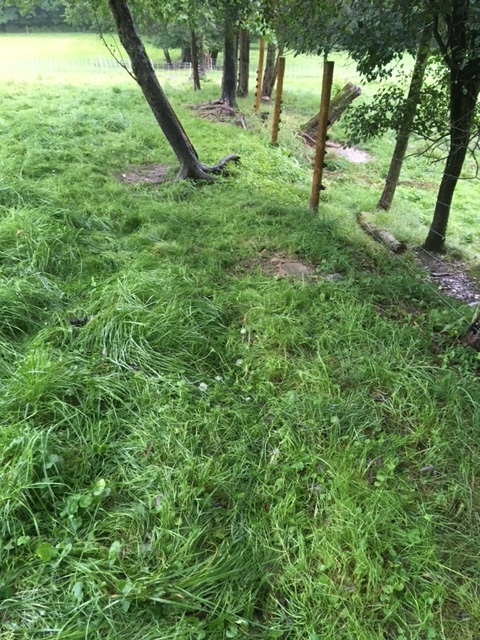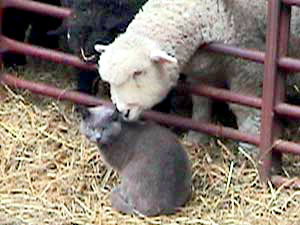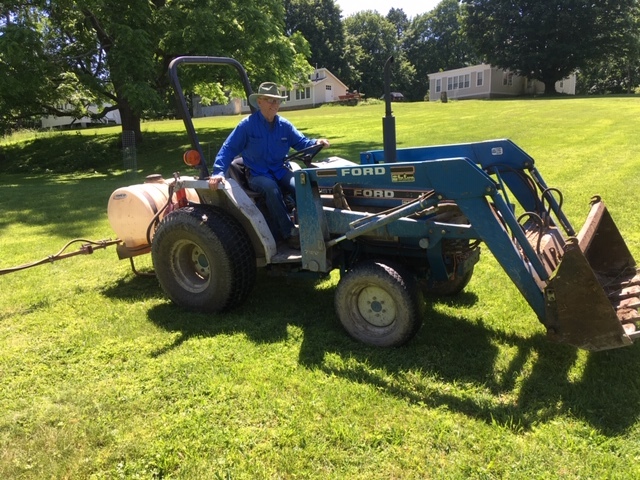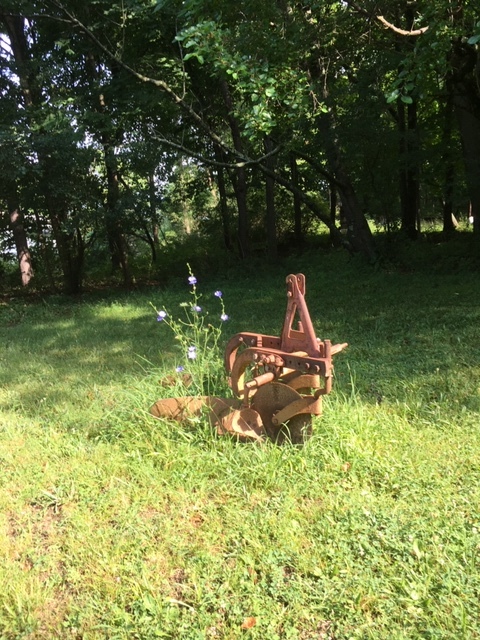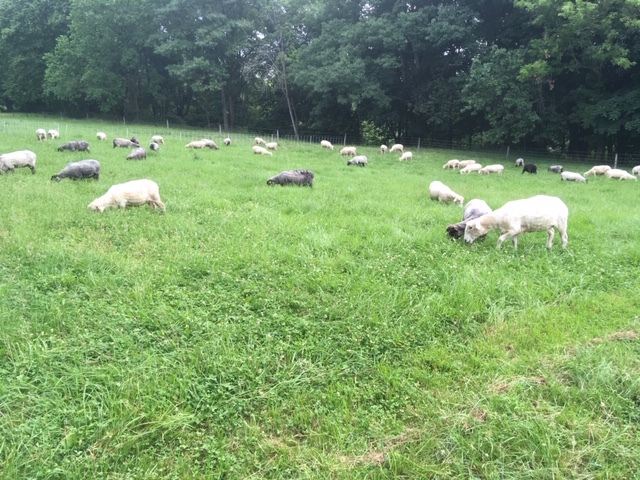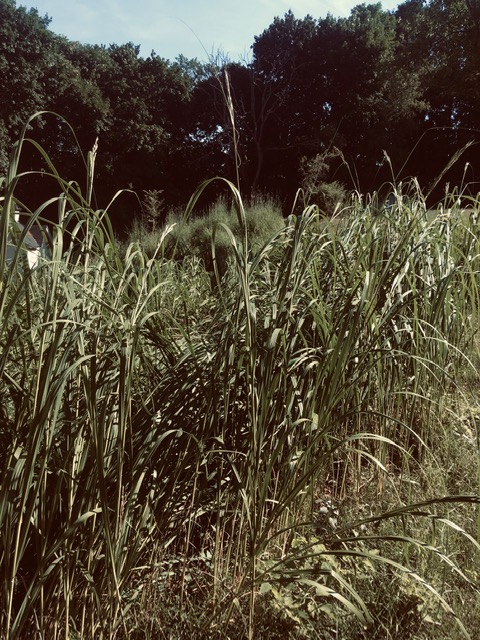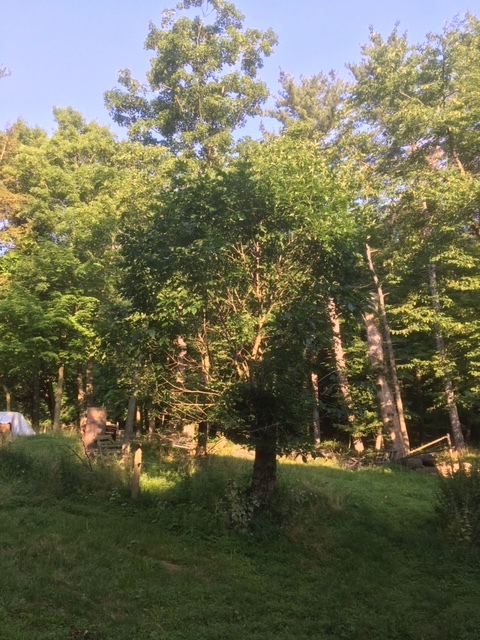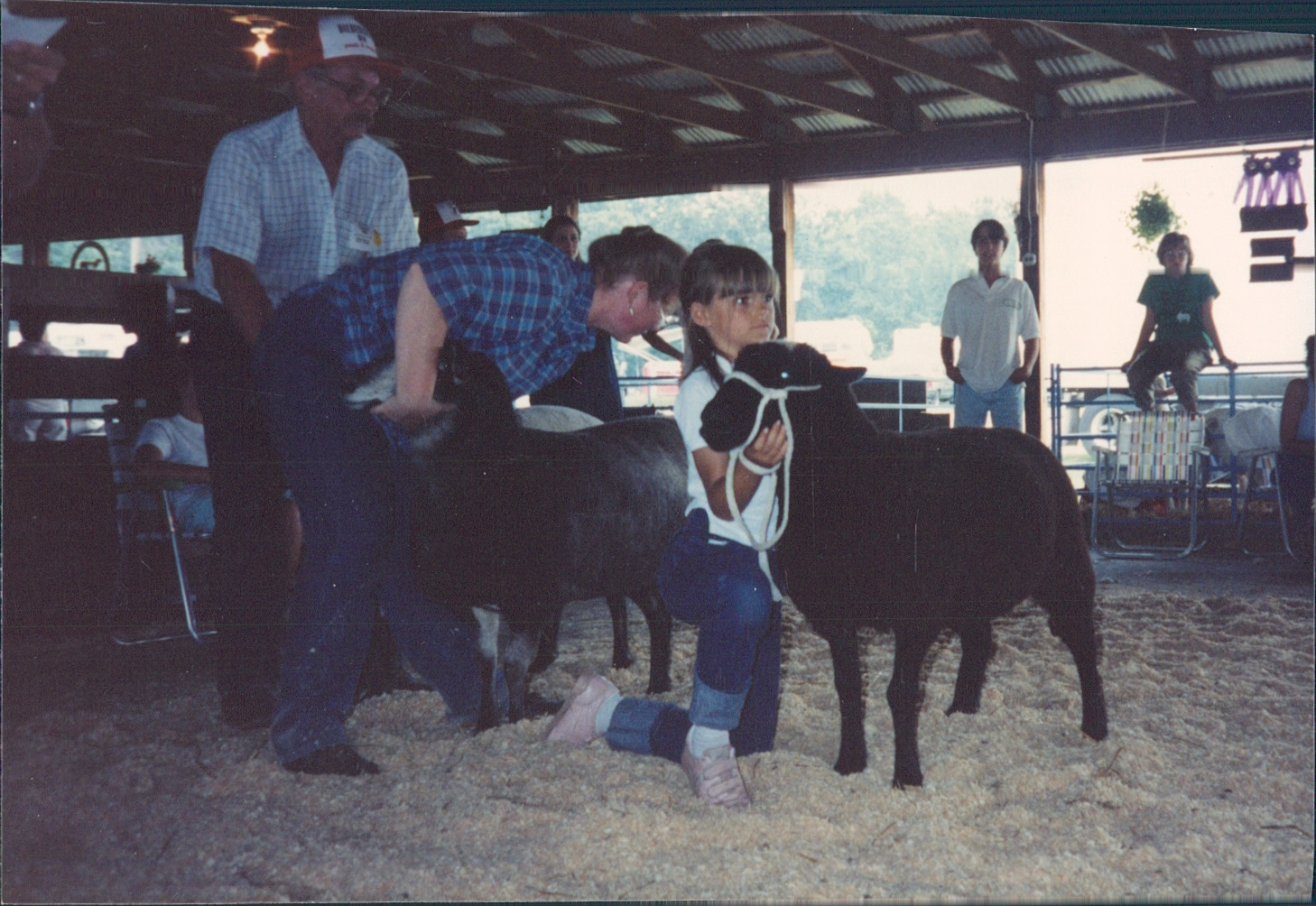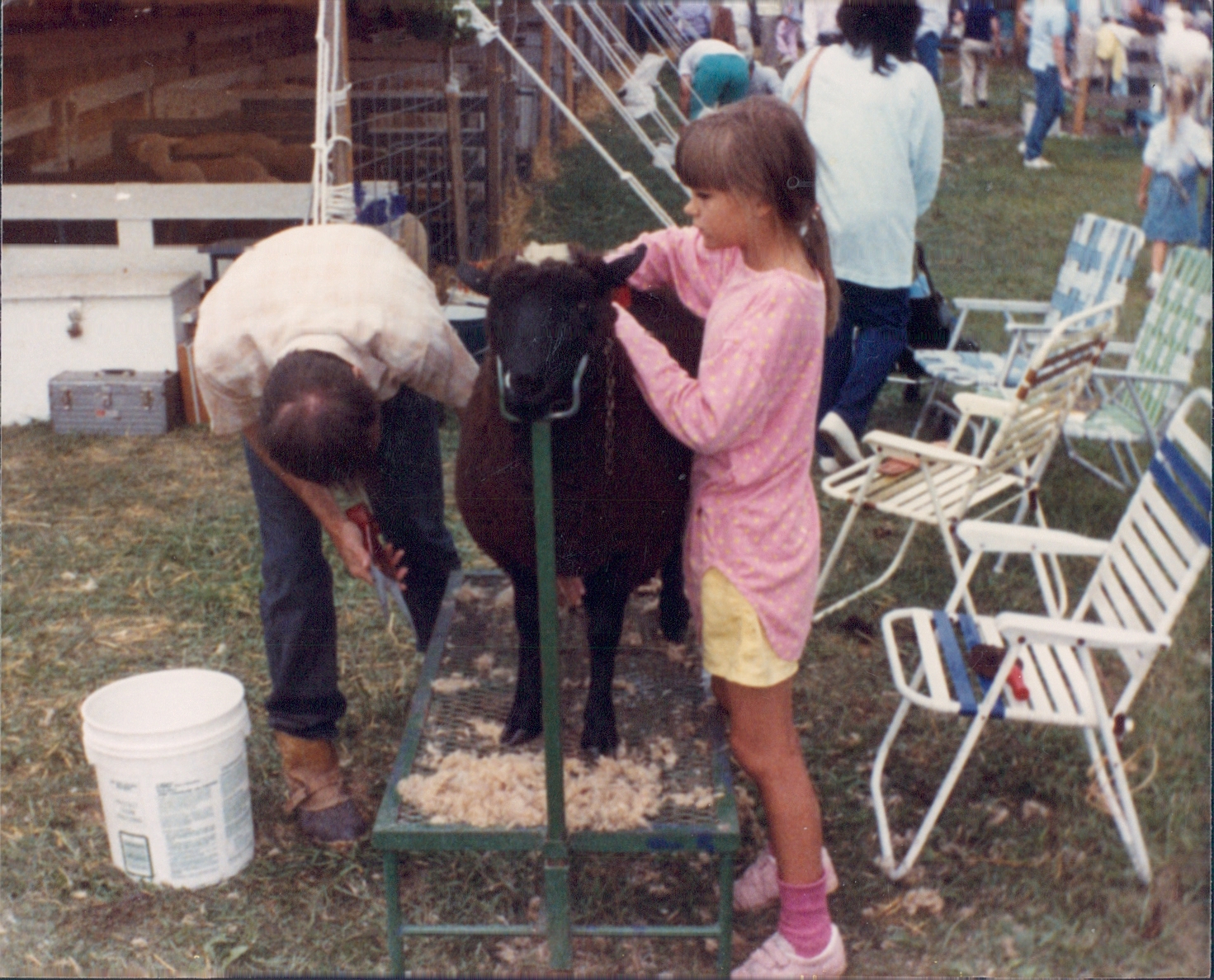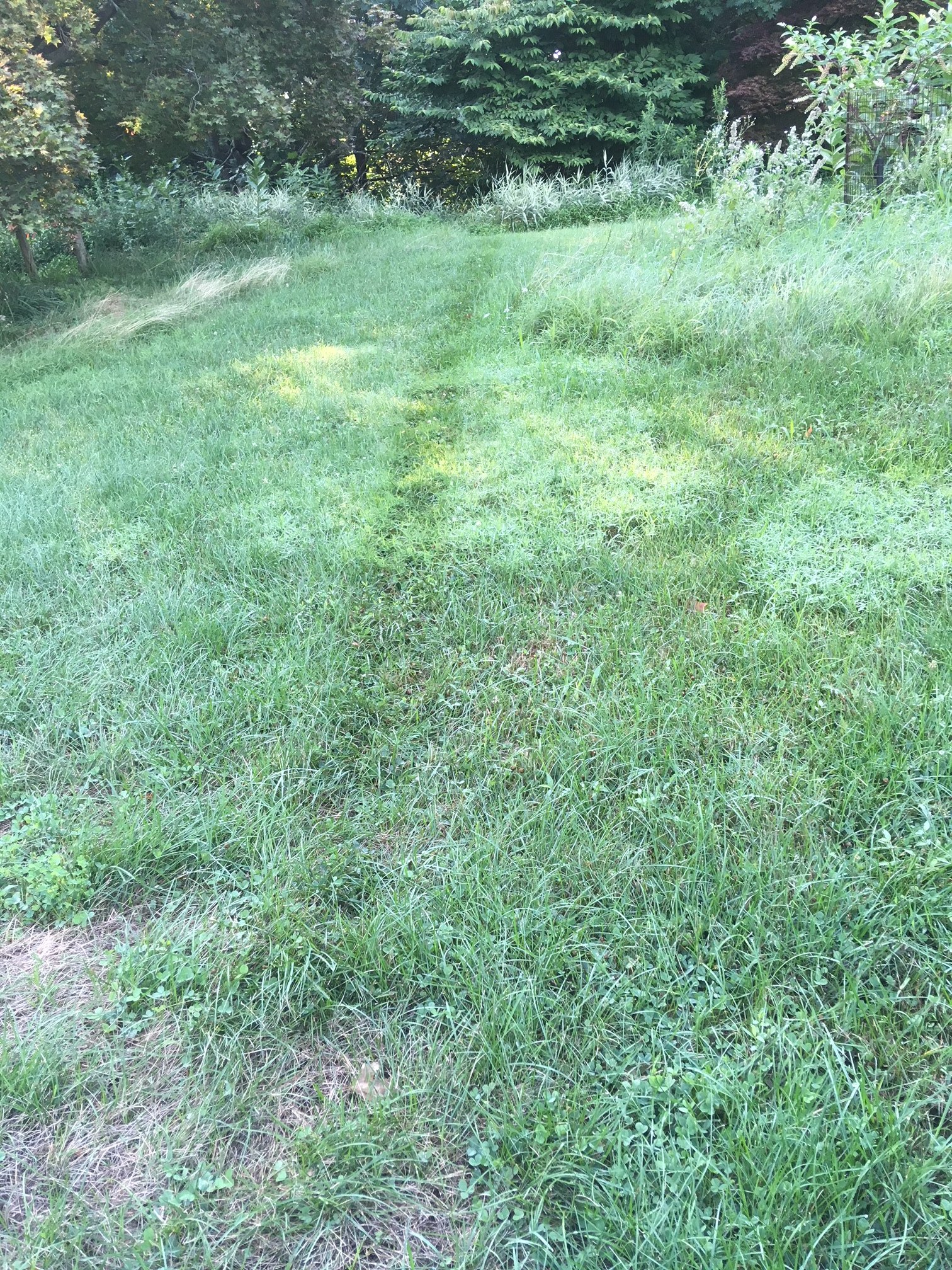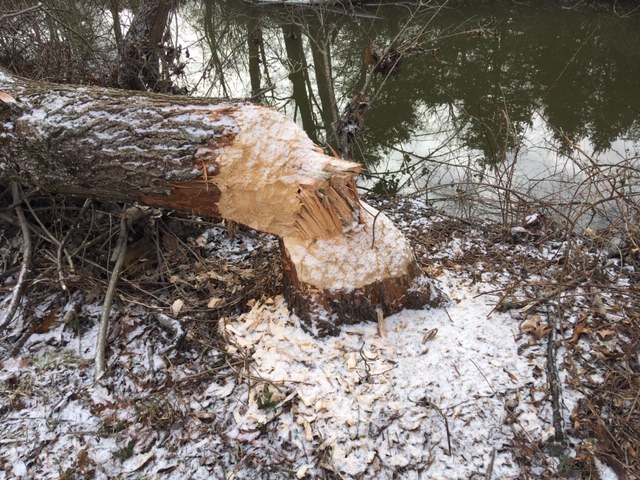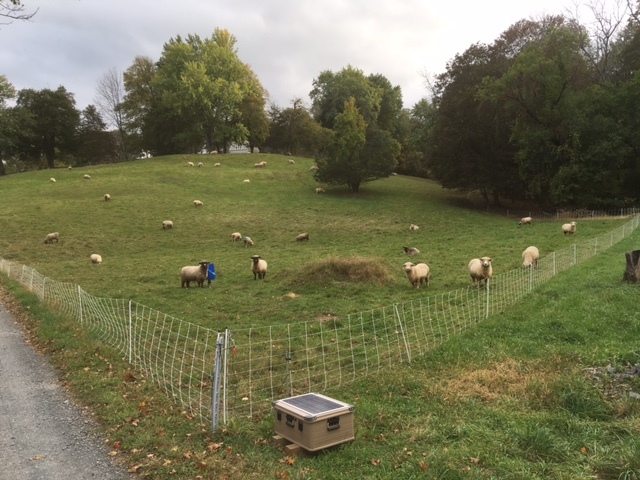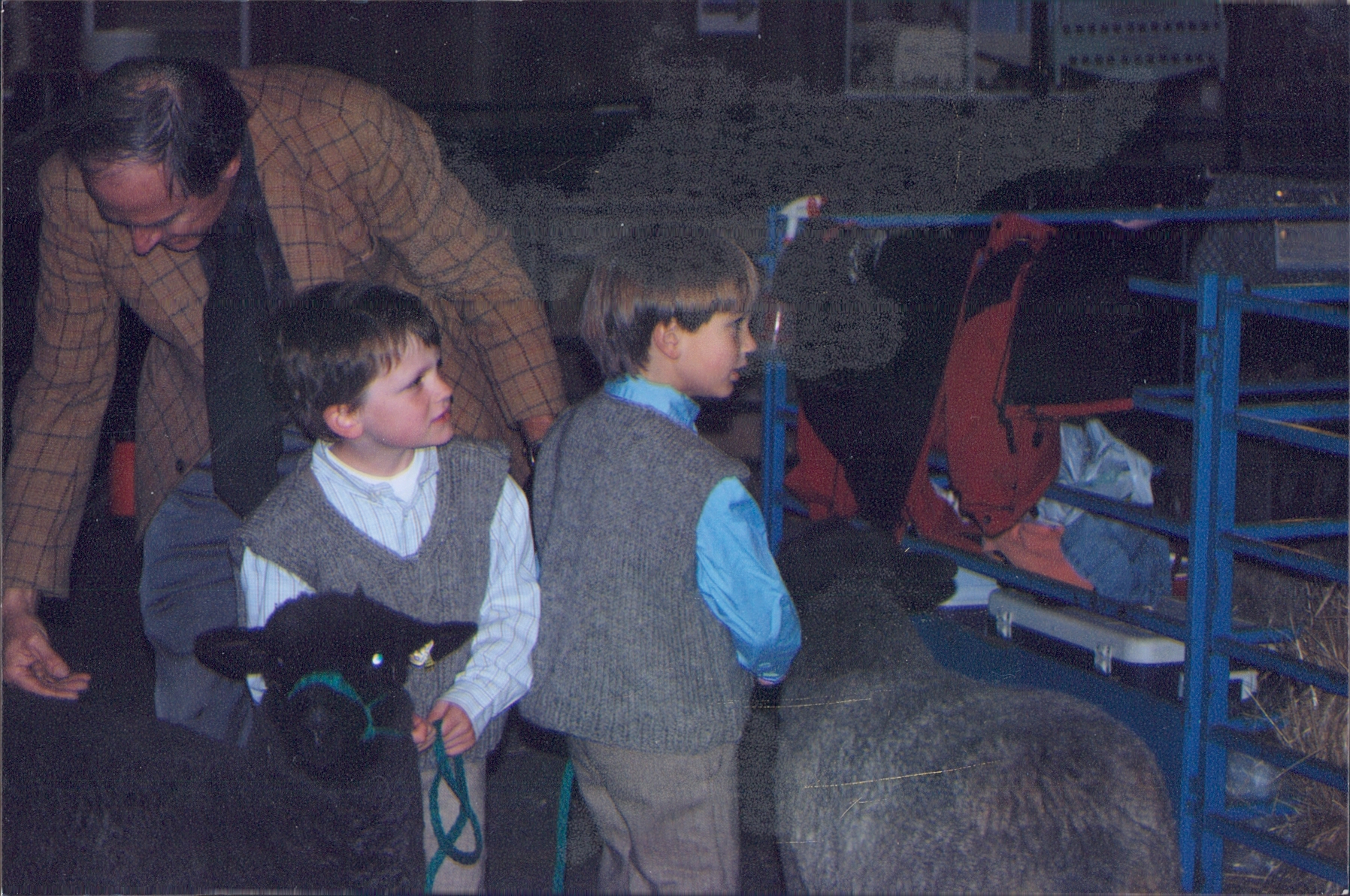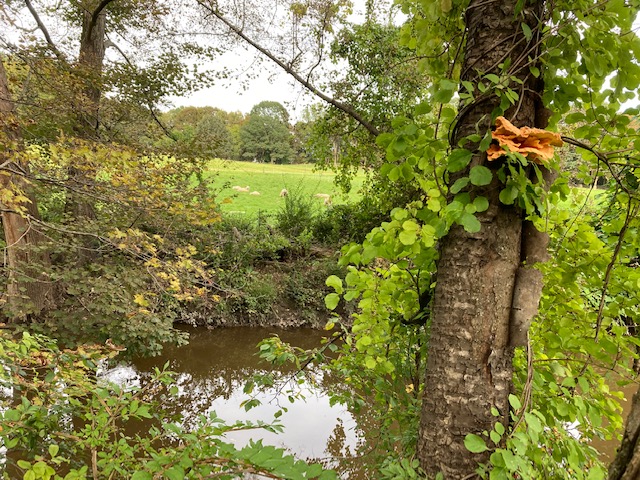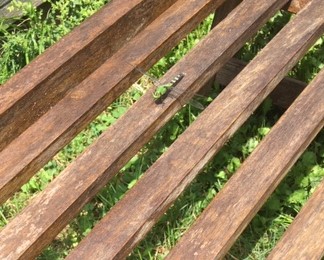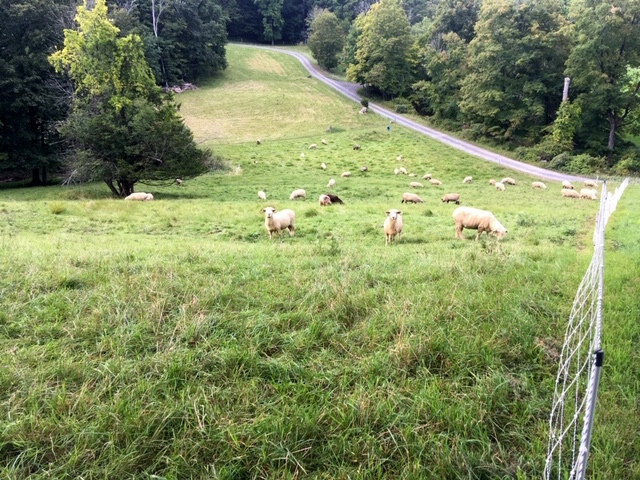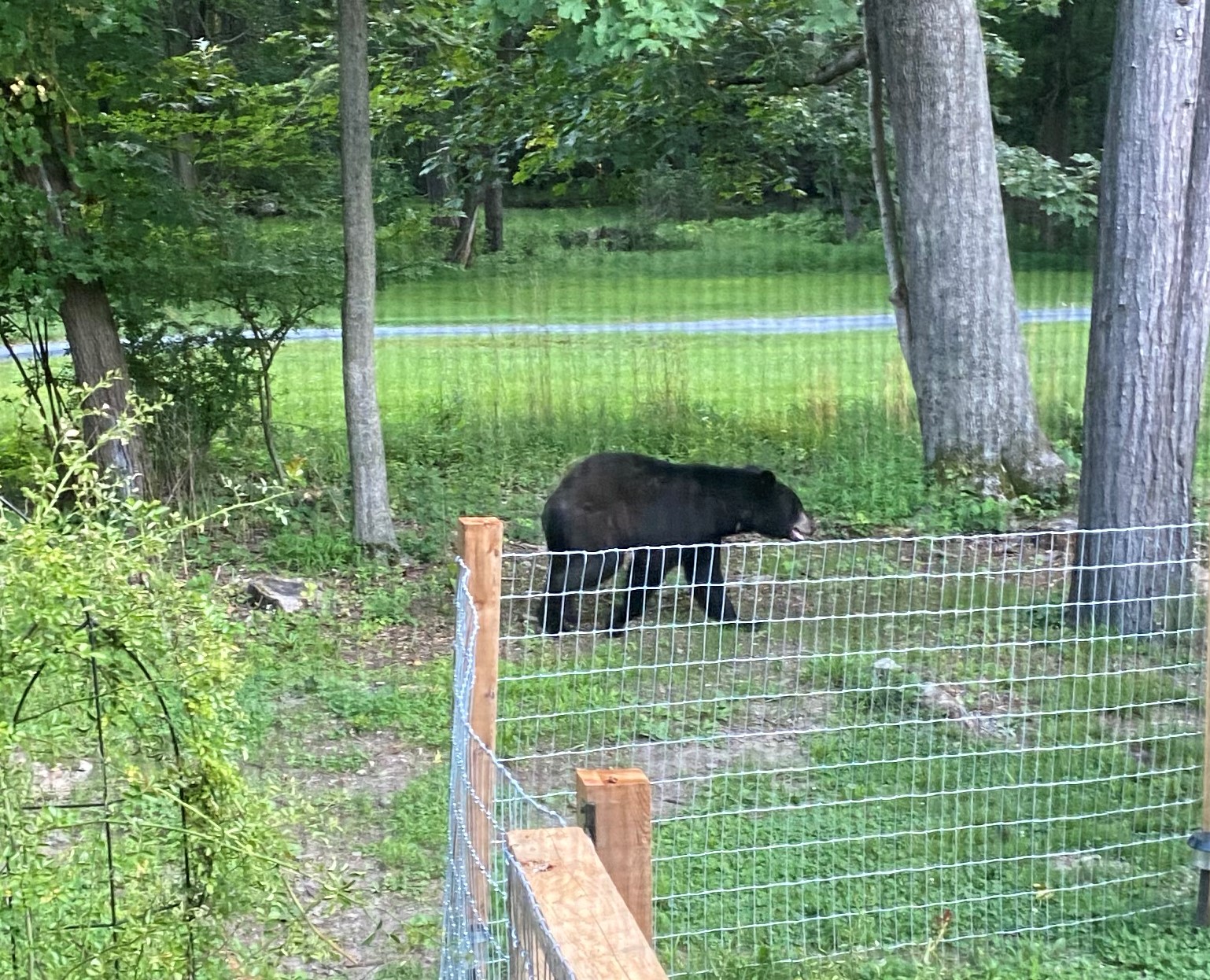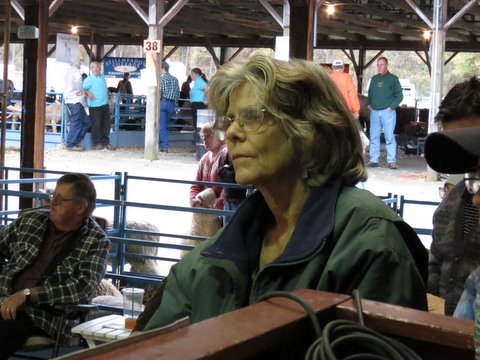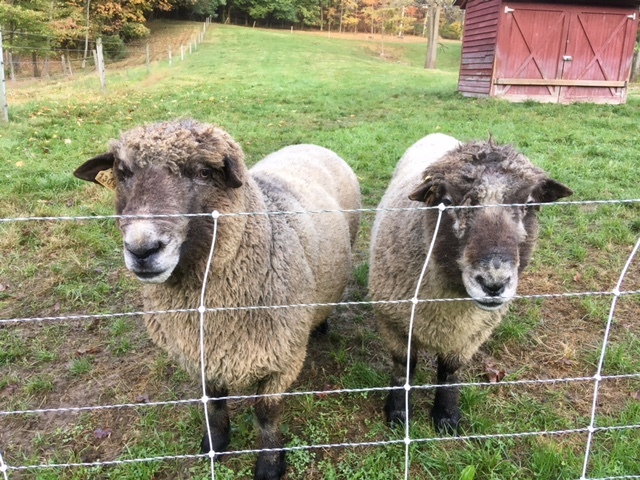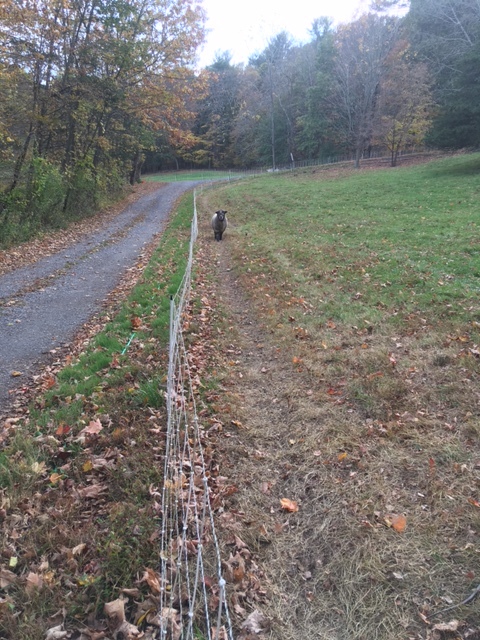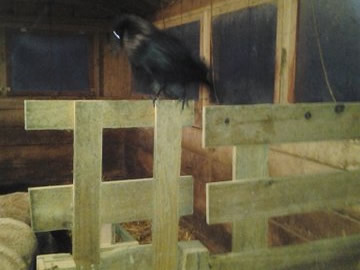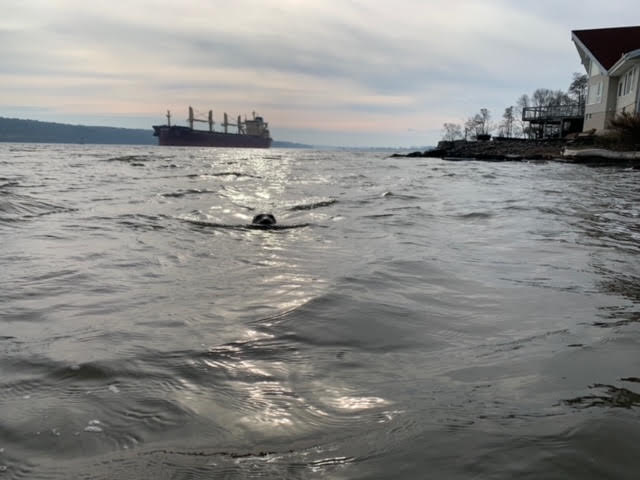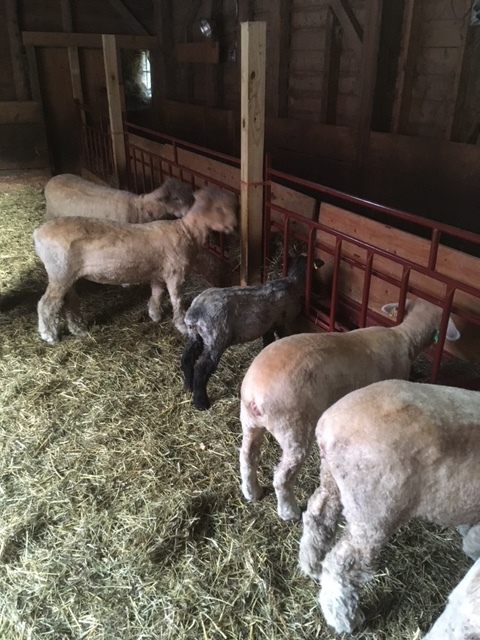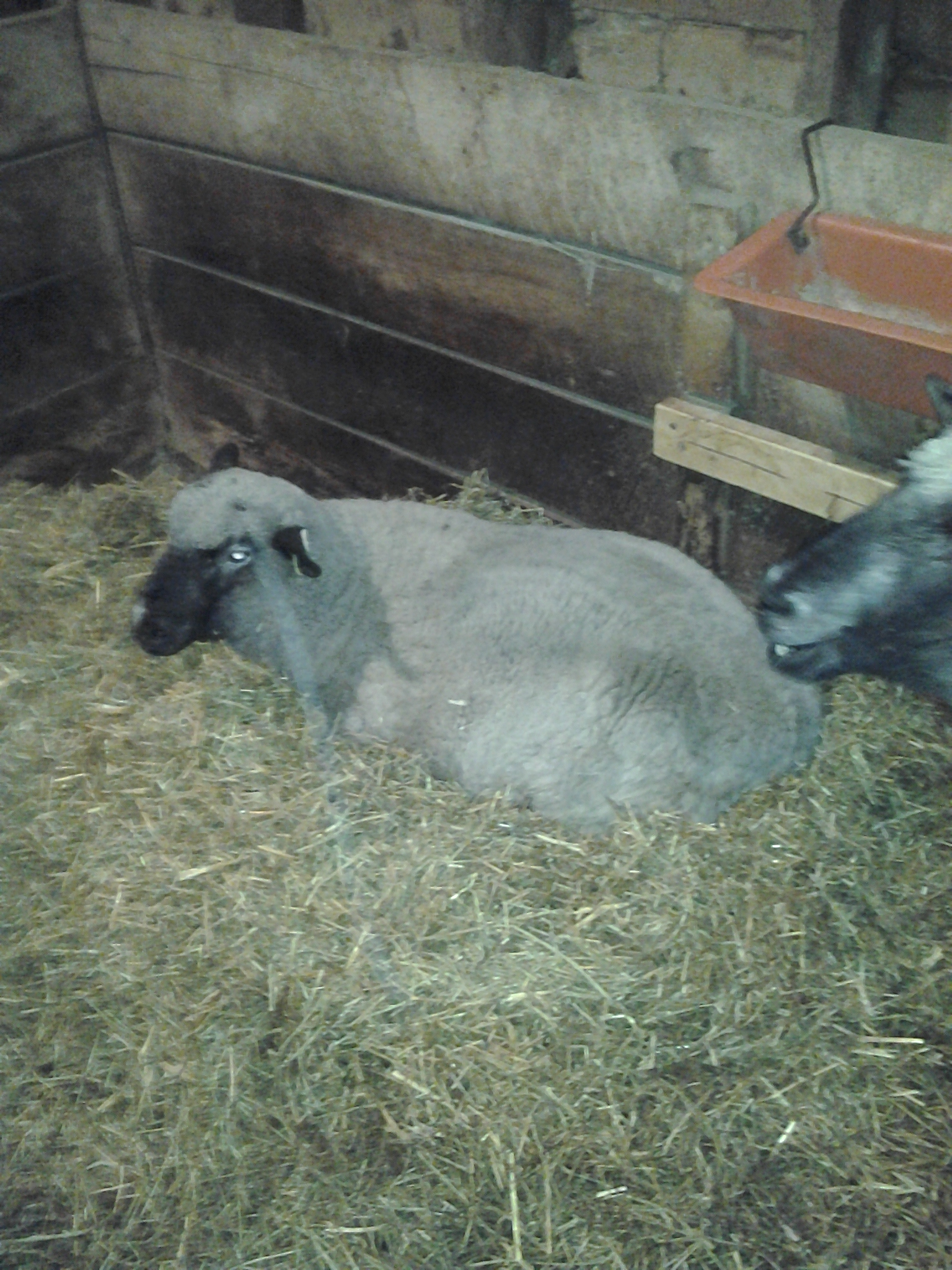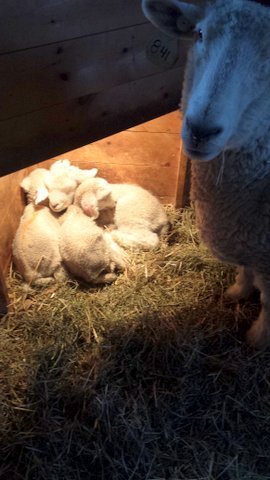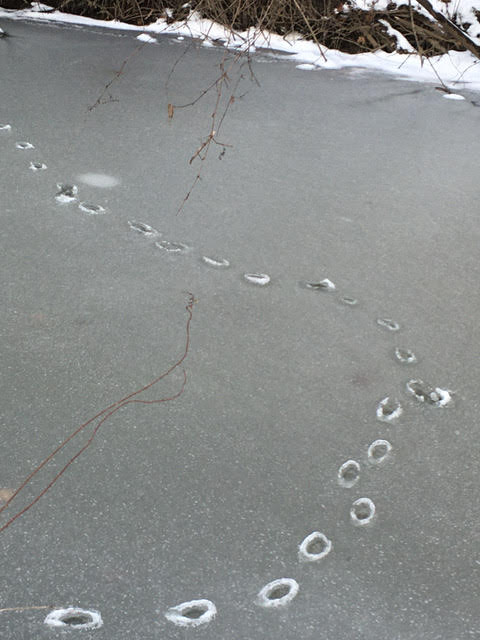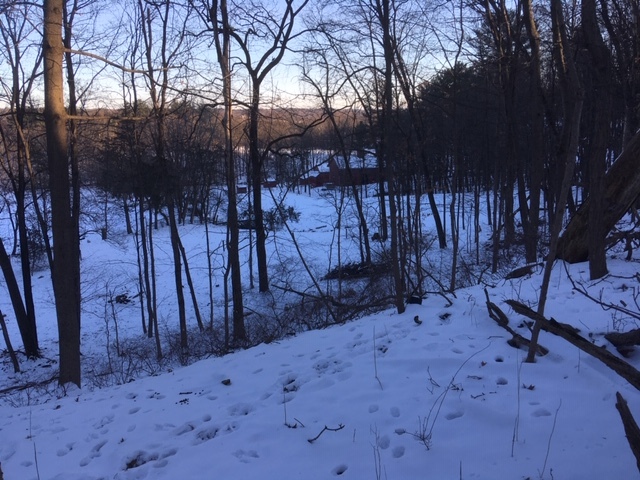Carbon Sequestration and Storage in Soil
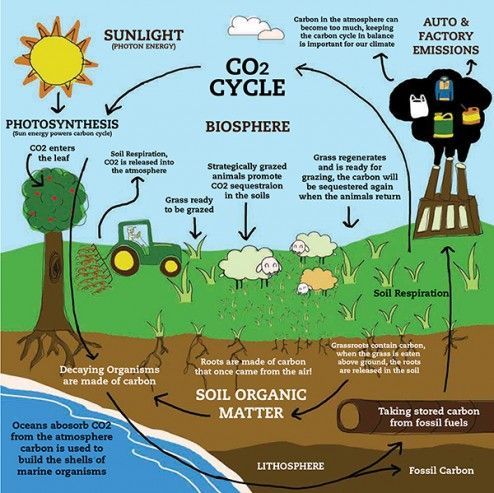 image courtesy of www.fibershed.com
image courtesy of www.fibershed.com
The sixth essay in a series on how American agriculture can thrive in a strenuous good-faith effort to halt global warming. The first five, earliest first, are these:
2. Comparing-carbon-footprints-of-world-and-american-agriculture
3. Fossil-fuels-in-the-carbon-footprint-of-american-agriculture
4. Carbon-tax-and-american-agriculture
5. Carbon foodprints in American Agriculture
Abstract: There is now wide agreement that stemming future global warming will require not only decreasing emissions of greenhouse gases but also removing carbon dioxide from the atmosphere. Carbon sequestration and storage in soil ( CSSS) offers a way to do that draw-down while improving soil health to the benefit of farmers, ranchers and the nation’s people. This essay asks whether large-scale CSSS by agriculture can be a partial solution to global warming. The conclusion is “yes,” as long as it is not pushed as a cure-all or regarded as a fast-acting antidote to the fiscal strain that a carbon tax would put on farmers.
Over the last twelve thousand years the world’s agricultural soils have been degraded by loss of once-abundant carbon. Their productivity has been propped up by synthetic nitrogen fertilizers and tapping finite resources. They are thus primed to draw large amounts of carbon from the atmosphere as carbon dioxide and where undisturbed keep it indefinitely as carbon sequestered and stored in soil. Appendix 1 in the Read More section that begins further down explains the mechanisms of CSSS pictured in the cartoon heading to this essay.
Carbon sequestration and storage in soil (CSSS) can improve most aspects of soil health affected by post-1800 agriculture while removing carbon dioxide from an atmosphere overloaded with it. It looks a way by which agriculture can at relatively low cost improve the quality of the soil, water and air resources on which the enterprise depends while significantly decreasing its net emissions of greenhouse gases.
Many advocates of a Carbon Fee and Dividend plan believe the medium and long term benefits of widely implementing CSSS in the USA will easily outweigh the short-term costs to farmers and ranchers of the transition from current typical practices to CSSS. As an environmentalist and farmer, I disagree. CSSS, despite its merits, is not a perfect antidote for all farmers and ranchers for the hit that a carbon tax would make on this community
How much carbon could American agricultural soils draw down and hold? If greenhouse gas releases releases are 600-700 million metric tons (M mt) of CO2-equivalent per year, capacity for CSSS should be a healthy fraction of that. Determinants of what can be achieved are well-laid out in the diagram below from a worksheet by Jennifer Carson, University of Western Australia. Management is important in how much of the attainable will be reached. It need not be by humans; the grazing patterns of wild hard-hoofed mammals (bison, elephant, antelope) were a form of management.
A crucial one of the several factors in “potential OC [organic carbon]” is soil organic carbon content. Carbon-depleted US and world agricultural soils are hungry for the element. Calculating average attainable capacity/acre for the world, however, is imprecise.
In a 2007 article Lal, Follett and colleagues reckon (with large margin of error) the actual amount of carbon that could be sequestered in American soils and woodlands combined, arriving at a point estimate of 288 million metric tons carbon/year (Mt C/yr); I get from Tables 5 and 6 of the article that improved practices on cropland could sequester 54.7 to 164.2 Mt C/yr (mid-range value 109.4 Mt C/yr). Improved practices on pasture and rangeland could sequester 16-50.4 Mt C/yr (mid-range value 33.2 Mt C/yr). Summing these two returns 142.6 Mt C/yr for cropland + pasture + rangeland, only half of 288 Mt C/yr. The difference comes mainly from not counting forestlands.
Suppose USA agricultural lands could sequester 140 million metric tons (M mt) of carbon/year. How would that compare to annual GHG emissions from US agriculture of (say) 650 million metric tons CO2-e? 140 M mt C equates to 518 M mt CO2, since CO2 is only 27% carbon by mass. Even if CSSS locked away only half of 140 M mt C, that would be a substantial withholding from the releases to the atmosphere.
The abstract of the 2007 article by Lal and colleagues is excerpted in Appendix 2 in the Read More section. The article is not the last word on the efficacy of CSSS. Reservations about ultimate 100% success, however, did not keep Lal and colleagues from calling urgently in 2007 for CSSS [and in forests]. They should not keep anyone from renewing that call more emergently in 2018.
More enthusiasm and fewer reservations about CSSS on grasslands come from disciples of Allan Savory’s “holistic grazing management” for regenerative agriculture. I think this is right in principle. Whether Savory’s ideas applied can improve > 800 million acres of variegated American grasslands while storing millions of tonnes of carbon is an unanswered question. His adherents use before-and- after photos and personal testimony to make their cases about small and medium-scale improvements; this does not sit well with academic range scientists who have closed ranks against Holistic Management on the grounds that it is not based on sound data. Appendix 3 in the Read More section gives more space to the arguments.
Even those who side with Savory on principle should never pretend that holistic management of grazing and crops causing CSSS is a full solution to global warming. At best, it is a constructive step in the medium and long term to the world and its farmers, unusual in being a positive sum game. Better yet, it offers a sustainable seat at the table for livestock raisers, who are often viewed by climate advocates as adversaries.
A report from the Food Climate Research Network (Garnett et al 2017) is respectful but cautious about what we should expect from CSSS. A line on page 64 makes a good coda to this essay: “Notably too, all the peer-reviewed studies fall below 4 t CO2/ha/yr, with a mean of about 1.8 t CO2 /ha/yr (or 0.5 t C/ha/yr). As Section 3.5.3 below will discuss, in the grand scheme of things this potential, while useful, is modest.” [emphasis added]
Read More section starts below here with three appendices.
Appendix 1. To see the usefulness of CSSS, it helps to know how carbon resides and circulates on and around our planet. The largest repository of the element is in the hard rocks of the earth’s crust and outer mantle, the lithosphere. This reservoir mingles so little with the other compartments that it is hardly involved in the human-history carbon cycle and is omitted from the table below. According to climatica.or.uk the lithosphere carbon reservoir is more than double that of the deep oceans.
|
Atmosphere |
Surface ocean |
Terr biosph |
Fossil fuels |
Deep ocean |
|
762 |
918 |
2300 |
3456 |
38000 |
Table 6.1. Distribution of carbon excluding deep lithosphere, in billion metric tons (Gt) World Ocean Review. Same data are shown in graph 1.
Graph 6.1. Distribution of carbon excluding deep lithosphere, in billion metric tons (Gt)
Data from World Ocean Review
A similar distribution is given in table 6.2 below, data from Climatica.org.uk
|
Atmosphere |
Surface ocean |
Terr biosph |
Fossil fuels |
Deep ocean |
|
720 |
670 |
2200 |
4139 |
36730 |
Graph 6.2. Distribution of carbon excluding deep lithosphere in billion metric tons source Climatica.org.uk
Soil is part of the terrestrial biosphere, a compartment that holds more carbon than either the atmosphere or ocean surface waters. CO2 moves from the atmosphere into the terrestrial biosphere –soil and trees — through photosynthesis, leaving elemental carbon in roots, leaves, wood and soil. Carbon in turned-over soil or oxidized (i.e. burnt or decaying) wood. leaves and litter is turned back into CO2 and released to the atmosphere. Thus the trick of carbon sequestration and storage in soil is to get the element into topsoil, which is then left undisturbed below the top inch or two.
Soil is not the only potential carbon sink, but is the only acceptable practical one. CO2 is assimilated into in ocean water. Adding carbon to sea water, however, acidifies and harms it where adding C to carbon-depleted soils improves them. Deep ocean waters could soak up huge quantities of atmospheric CO2 (with likely ill effects) but are almost sealed off from it by surface ocean waters. Carbon in the atmosphere is not going to be taken into fossil fuels.
Appendix 2 The abstract of the important article by Lal and colleagues is excerpted below. citation Lal, Rattan, R. F. Follett, B. A. Stewart and J. M. Kimble. Soil Carbon Sequestration to Mitigate Climate Change and Advance Food security Soil Science 2007; 172 (12): 943-956.I have changed some of the notation and added emphasis in bold. Gt is gigatons (billion metric tons) Mt is megatons (million metric tons) M ha is million hectares (= 2.7 million acres) /ha-year = per hectare per year
“. . . Therefore, conversion to restorative land uses (e.g., afforestation, improved pastures) and adoption of recommended management practices (RMP) can enhance SOC and improve soil quality. Important RMP for enhancing SOC include conservation tillage, mulch farming, cover crops, integrated nutrient management including use of manure and compost, and agroforestry. Restoration of degraded/ desertified soils and ecosystems is an important strategy. The rate of SOC sequestration, ranging from 100 to 1000 kg/ ha-year, depends on climate, soil type, and site-specific management. Total potential of SOC sequestration in the United States of 144 to 432 Mt/ year (288 Mt/ year) comprises 45 to 98 Mt in cropland, 13 to 70 Mt in grazing land, and 25 to 102 Mt in forestland. The global potential of SOC sequestration is estimated at 0.6 to 1.2 Gt C /year, comprising 0.4 to 0.8 Gt C/ year through adoption of RMP on cropland (1350 Mha), and 0.01 to 0.03 Gt C / year on irrigated soils (275 Mha), and 0.01 to 0.3 Gt C/year through improvements of rangelands and grasslands (3700 Mha). In addition, there is a large potential of C sequestration in biomass in forest plantations, short rotation woody perennials, and so on. The attendant improvement in soil quality with increase in SOC pool size has a strong positive impact on agronomic productivity and world food security. An increase in the SOC pool within the root zone by 1 t C /ha-yearj1 can enhance food production in developing countries by 30 to 50 Mt / year including 24 to 40 Mt /year of cereal and legumes, and 6 to 10 Mt/year of roots and tubers. Despite the enormous challenge of SOC sequestration, especially in regions of warm and arid climates and predominantly resource-poor farmers, it is a truly a win-win strategy. While improving ecosystem services and ensuring sustainable use of soil resources, SOC sequestration also mitigates global warming by offsetting fossil fuel emissions and improving water quality by reducing non-point source pollution. (Soil Science 2007;172:943–956)
Appendix 3. For a sample of the debate read this article by Sheldon Frith, an articulate disciple of Savory. Here are links to two short videos that will give a glimpse of what Savory teaches. https://www.youtube.com/watch?v=uUmIdq0D6-A https://www.youtube.com/watch?v=yVxLQtSqvbQ A fair critique of Savory’s most extreme claims comes from Maria and Roos (2016).


